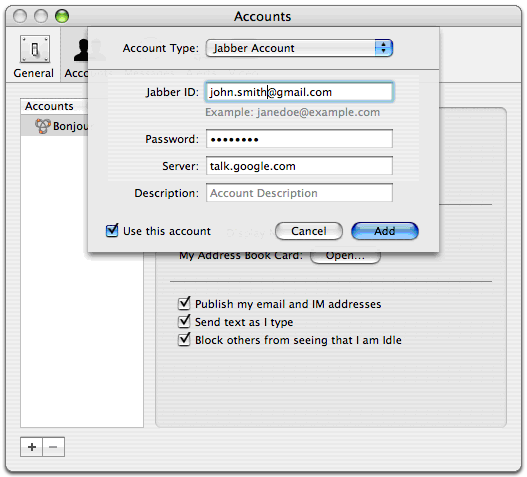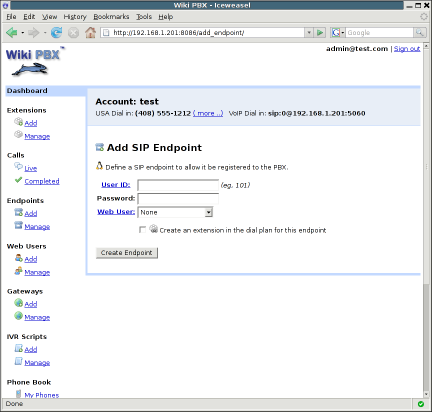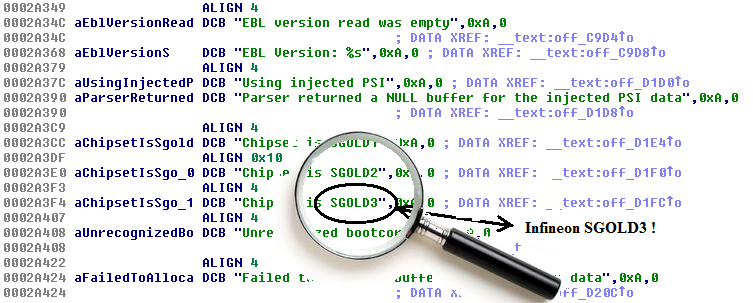Yahoo! Inc. (Nasdaq:YHOO) today announced the global availability of two new e-mail domains that will give users the chance to register for the e-mail address or Yahoo! ID they have always wanted. People can finally say goodbye to CutiePie4Ever80 or mattclark1977@yahoo.com and get a new Yahoo! e-mail address at
SUNNYVALE, Calif., Jun 19, 2008 (BUSINESS WIRE) -- Yahoo! Inc. (Nasdaq:YHOO) today announced the global availability of two new e-mail domains that will give users the chance to register for the e-mail address or Yahoo! ID they have always wanted. People can finally say goodbye to CutiePie4Ever80 or mattclark1977@yahoo.com and get a new Yahoo! e-mail address at ymail.com and rocketmail.com.
Yahoo! Mail is the number one Web mail service in the world with more than 260 million users worldwide(1). As a result of its global popularity, many desirable e-mail addresses have already been taken for the yahoo.com domain, as well as for localized versions of the namespace in countries around the world. With the two new e-mail domain choices, Yahoo! will make millions of new e-mail addresses available to the online community.
Yahoo! recently commissioned a survey conducted by Harris Interactive(R) to determine what online adults look for when choosing an e-mail address and found some noteworthy results:
-- The majority of online adults (59 percent) consider the most important attribute of an e-mail address to be that it is easy to remember.
-- When asked if they could choose any e-mail address for personal use, seven in ten online adults (70 percent) would opt to have some portion of their name included - 31 percent would want their last name included, 27 percent would choose their first name, while 28 percent would prefer to have their nickname as part of their e-mail address.
-- Of online adults who indicated that they are not currently using their first choice e-mail address, over half (54 percent) agree that they want their e-mail address to reflect who they are, and about half (48 percent) would be at least somewhat likely to change addresses should their preferred choice become available.
"We recognize that people want an e-mail address that reflects who they are, whether they are signing up for an e-mail address for the first time, or simply updating their e-mail pseudonym to reflect the stage they are at in life," said John Kremer, vice president, Yahoo! Mail. "We are thrilled to be able to offer new Yahoo! e-mail domain choices to Internet users, along with the same great Web mail experience that hundreds of millions of people have already come to expect."
E-mail addresses at the new domains will have the same great Yahoo! Mail features as addresses at the yahoo.com domain, including:
-- Unlimited storage - Yahoo! Mail provides all users with free unlimited e-mail storage(2)
-- Integrated Instant Messaging and Text Messaging - Users can connect in real-time to their contacts with Yahoo! Messenger or Windows Live(R) Messenger and send text messages to friends on the go, right from their Yahoo! Mail inbox
-- Protection from spam and viruses - All of the same great protection that is built into Yahoo! Mail will apply to these new domains. Yahoo! uses advanced technologies and data from numerous sources to dramatically reduce the delivery of spam and phishing e-mails
-- Country-specific e-mail account - When signing up for an e-mail account, users have the option of choosing localized country versions from each of the Yahoo! domains: yahoo.com, ymail.com and rocketmail.com
As always, a Yahoo! ID will work for everything across the Yahoo! Network, from checking e-mail to checking out Messenger, Flickr, Groups, Sports, Finance and more.
In many markets, Yahoo! will also help users transfer their e-mail and contacts to their new address and notify friends of their new e-mail address.
In addition, Yahoo! has reserved a number of desirable e-mail addresses - all related to charitable organizations - using the new domains and will put these e-mail addresses up for charity auction beginning on Thursday, June 19, 2008. Yahoo! is working with auction partners eBay Giving Works and Auction Cause. The proceeds from the auction will benefit the following organizations: The Breast Cancer Research Foundation, Ocean Conservancy, Point Foundation, Right To Play and World Wildlife Fund. To participate in the online auction, please visit http://www.ebay.com/ymail.
Users can learn more about and register for a new e-mail at ymail.com and rocketmail.com at http://mail.yahoo.com.
.
Yahoo! Mail is the number one Web mail service in the world with more than 260 million users worldwide(1). As a result of its global popularity, many desirable e-mail addresses have already been taken for the yahoo.com domain, as well as for localized versions of the namespace in countries around the world. With the two new e-mail domain choices, Yahoo! will make millions of new e-mail addresses available to the online community.
Yahoo! recently commissioned a survey conducted by Harris Interactive(R) to determine what online adults look for when choosing an e-mail address and found some noteworthy results:
-- The majority of online adults (59 percent) consider the most important attribute of an e-mail address to be that it is easy to remember.
-- When asked if they could choose any e-mail address for personal use, seven in ten online adults (70 percent) would opt to have some portion of their name included - 31 percent would want their last name included, 27 percent would choose their first name, while 28 percent would prefer to have their nickname as part of their e-mail address.
-- Of online adults who indicated that they are not currently using their first choice e-mail address, over half (54 percent) agree that they want their e-mail address to reflect who they are, and about half (48 percent) would be at least somewhat likely to change addresses should their preferred choice become available.
"We recognize that people want an e-mail address that reflects who they are, whether they are signing up for an e-mail address for the first time, or simply updating their e-mail pseudonym to reflect the stage they are at in life," said John Kremer, vice president, Yahoo! Mail. "We are thrilled to be able to offer new Yahoo! e-mail domain choices to Internet users, along with the same great Web mail experience that hundreds of millions of people have already come to expect."
E-mail addresses at the new domains will have the same great Yahoo! Mail features as addresses at the yahoo.com domain, including:
-- Unlimited storage - Yahoo! Mail provides all users with free unlimited e-mail storage(2)
-- Integrated Instant Messaging and Text Messaging - Users can connect in real-time to their contacts with Yahoo! Messenger or Windows Live(R) Messenger and send text messages to friends on the go, right from their Yahoo! Mail inbox
-- Protection from spam and viruses - All of the same great protection that is built into Yahoo! Mail will apply to these new domains. Yahoo! uses advanced technologies and data from numerous sources to dramatically reduce the delivery of spam and phishing e-mails
-- Country-specific e-mail account - When signing up for an e-mail account, users have the option of choosing localized country versions from each of the Yahoo! domains: yahoo.com, ymail.com and rocketmail.com
As always, a Yahoo! ID will work for everything across the Yahoo! Network, from checking e-mail to checking out Messenger, Flickr, Groups, Sports, Finance and more.
In many markets, Yahoo! will also help users transfer their e-mail and contacts to their new address and notify friends of their new e-mail address.
In addition, Yahoo! has reserved a number of desirable e-mail addresses - all related to charitable organizations - using the new domains and will put these e-mail addresses up for charity auction beginning on Thursday, June 19, 2008. Yahoo! is working with auction partners eBay Giving Works and Auction Cause. The proceeds from the auction will benefit the following organizations: The Breast Cancer Research Foundation, Ocean Conservancy, Point Foundation, Right To Play and World Wildlife Fund. To participate in the online auction, please visit http://www.ebay.com/ymail.
Users can learn more about and register for a new e-mail at ymail.com and rocketmail.com at http://mail.yahoo.com.








